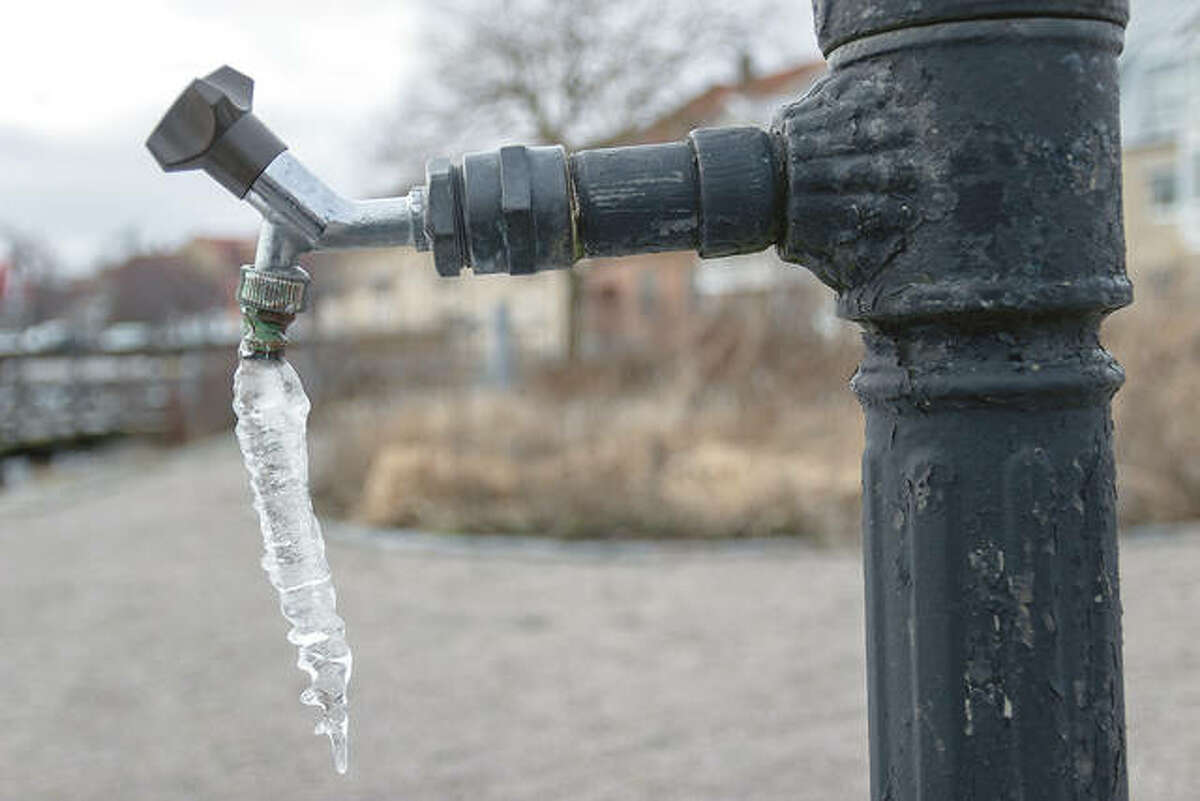Preventing Frozen Plumbing: Effective Methods for Winter
Preventing Frozen Plumbing: Effective Methods for Winter
Blog Article
We've found this post relating to Preventing and dealing with frozen pipes directly below on the web and accepted it made sense to share it with you over here.

Winter can wreak havoc on your pipes, specifically by freezing pipes. Right here's how to stop it from happening and what to do if it does.
Intro
As temperature levels decrease, the danger of frozen pipelines boosts, possibly resulting in expensive repair work and water damage. Comprehending how to avoid frozen pipes is critical for home owners in chilly climates.
Comprehending Icy Pipes
What creates pipes to freeze?
Pipelines ice up when subjected to temperature levels below 32 ° F (0 ° C) for expanded durations. As water inside the pipes ices up, it expands, taxing the pipeline walls and potentially creating them to burst.
Risks and damages
Frozen pipes can lead to water interruptions, residential or commercial property damages, and expensive repair work. Burst pipes can flood homes and create comprehensive structural damages.
Indications of Frozen Water Lines
Identifying frozen pipelines early can avoid them from rupturing.
Just how to recognize frozen pipes
Seek reduced water flow from faucets, uncommon smells or noises from pipelines, and visible frost on subjected pipes.
Avoidance Tips
Protecting vulnerable pipes
Wrap pipes in insulation sleeves or use heat tape to secure them from freezing temperature levels. Concentrate on pipes in unheated or exterior areas of the home.
Home heating techniques
Maintain interior areas appropriately warmed, particularly locations with plumbing. Open up cabinet doors to allow warm air to distribute around pipes under sinks.
Protecting Outdoor Pipes
Garden hose pipes and exterior taps
Disconnect and drain pipes garden hoses before winter season. Install frost-proof faucets or cover outside faucets with protected caps.
What to Do If Your Pipes Freeze
Immediate activities to take
If you presume frozen pipes, maintain taps available to eliminate stress as the ice thaws. Use a hairdryer or towels soaked in hot water to thaw pipes slowly.
Long-Term Solutions
Architectural adjustments
Consider rerouting pipelines far from outside walls or unheated areas. Include added insulation to attics, cellars, and crawl spaces.
Updating insulation
Buy top quality insulation for pipelines, attic rooms, and wall surfaces. Appropriate insulation aids keep constant temperature levels and decreases the danger of frozen pipes.
Conclusion
Protecting against icy pipes requires positive measures and fast reactions. By comprehending the causes, indications, and preventive measures, homeowners can safeguard their pipes during cold weather.
5 Ways to Prevent Frozen Pipes
Drain Outdoor Faucets and Disconnect Hoses
First, close the shut-off valve that controls the flow of water in the pipe to your outdoor faucet. Then, head outside to disconnect and drain your hose and open the outdoor faucet to allow the water to completely drain out of the line. Turn off the faucet when done. Finally, head back to the shut-off valve and drain the remaining water inside the pipe into a bucket or container. Additionally, if you have a home irrigation system, you should consider hiring an expert to clear the system of water each year.
Insulate Pipes
One of the best and most cost-effective methods for preventing frozen water pipes is to wrap your pipes with insulation. This is especially important for areas in your home that aren’t exposed to heat, such as an attic. We suggest using foam sleeves, which can typically be found at your local hardware store.
Keep Heat Running at 65
Your pipes are located inside your walls, and the temperature there is much colder than the rest of the house. To prevent your pipes from freezing, The Insurance Information Institute suggests that you keep your home heated to at least 65 degrees, even when traveling. You may want to invest in smart devices that can keep an eye on the temperature in your home while you’re away.
Leave Water Dripping
Moving water — even a small trickle — can prevent ice from forming inside your pipes. When freezing temps are imminent, start a drip of water from all faucets that serve exposed pipes. Leaving a few faucets running will also help relieve pressure inside the pipes and help prevent a rupture if the water inside freezes.
Open Cupboard Doors
Warm your kitchen and bathroom pipes by opening cupboards and vanities. You should also leave your interior doors ajar to help warm air circulate evenly throughout your home.

I discovered that blog posting on 6 Ways to Prevent Frozen Pipes when exploring the internet. Are you aware of another person who is interested by the topic? Please feel free to share it. We take joy in reading our article about 6 Ways to Prevent Frozen Pipes.
Schedule Today Report this page